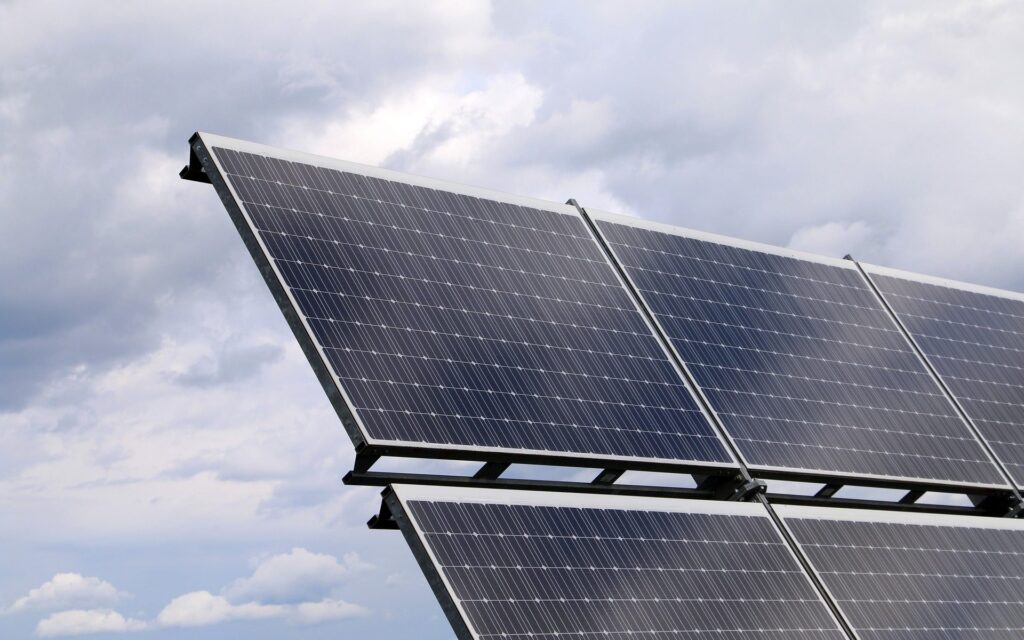The temperature coefficient of solar panels refers to the rate at which the panel’s electrical performance parameters change with fluctuations in temperature. Specifically, it is used to describe how the output of a solar panel is affected by variations in temperature, both increases and decreases. The temperature coefficient is typically expressed in percentage change per degree Celsius (°C) or Kelvin (K).
There are three main temperature coefficients associated with solar panels:
- Temperature Coefficient of Open Circuit Voltage (Voc):
- This coefficient indicates how much the open circuit voltage (Voc) of a solar panel changes with temperature. The temperature coefficient of Voc is usually negative, meaning that as the temperature increases, the open circuit voltage decreases. It is expressed in percentage change per degree Celsius or Kelvin.
- Temperature Coefficient of Short Circuit Current (Isc):
- Similar to Voc, the temperature coefficient of short circuit current (Isc) describes the percentage change in Isc with temperature. This coefficient is also typically negative, indicating that as the temperature rises, the short circuit current decreases.
- Temperature Coefficient of Power (Pmax):
- The temperature coefficient of power (Pmax) describes how the maximum power output of a solar panel changes with temperature. It takes into account both the temperature coefficients of Voc and Isc. Like the other coefficients, the temperature coefficient of power is usually negative, indicating a decrease in power output with increasing temperature.
The temperature coefficients are crucial for predicting and understanding how a solar panel will perform under different environmental conditions. Solar panels are rated at standard test conditions (STC), which typically include a reference temperature of 25°C. However, actual operating temperatures can vary widely, and the temperature coefficients help estimate how the performance will deviate from the STC values.
It’s important for system designers and installers to consider temperature coefficients when selecting solar panels for a specific location, as the local climate can significantly impact the overall energy production of a solar PV system. Panels with lower temperature coefficients are generally more desirable, as they experience less performance degradation in response to temperature variations.


